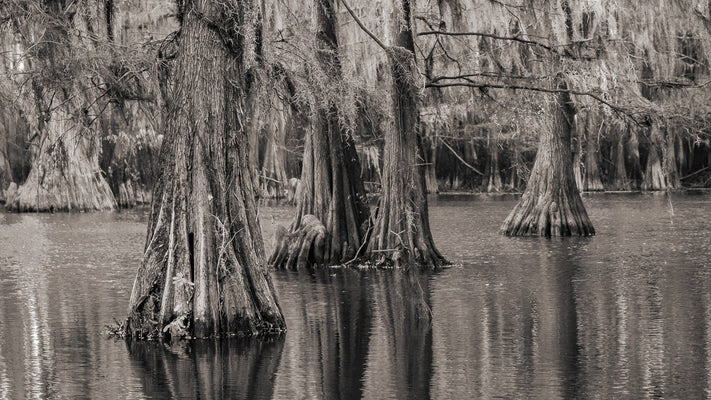Mar 03, 2022
Cuban Catholic Church
Exploring the Rich History of the Church of San Agustín in Cuba

The restored Cuban Catholic Church interior
The Church of San Agustín is a Cuban Catholic Church still in operation. The temple is dedicated to San Francisco de Asís. The church is also known as the Church of San Francisco el Nuevo. It is one of the many catholic churches in Cuba. It is a lovely old Catholic church located on Calle Cuba and Calle Amargura in Old Havana.
The Church of San Agustín is a quiet place within a busy city, inviting visitors to pray, reflect and meditate. It is one of the historical wonders of the old city to discover for those who explore the streets of the Historical Center on foot.
From the outside, the catholic church in Cuba looks old. In fact, it does not look much at all, but once inside, you are sure to be amazed by the detail on the walls, the art, and its sophisticated architecture.
Nevertheless, the surprise is seeing the inside of it. Like many churches in Havana's Cuban capital, the relics were beautiful and recently been restored in 2002-3. It has fantastic art and stonework on walls and alcoves, along with brightly colored stained glass windows. In addition, you can see numerous beautifully restored religious artwork and statues; the two prominent figures are Mary and Jesus.

The old Church of San Agustín Architecture
Construction on the Cuban Catholic Church: Historical Insights into the Church of San Agustín began in 1608 and was completed in 1663. The style of the church is Renaissance, significantly influenced by Mexican temples of the time.
The Academy of Painting and Drawing resided in the same building from 1818 to 1856. However, in 1962 the premises of the old academy became the Carlos J Finlay Historical Museum of Medical Sciences. The building was renamed in commemoration of the 130th anniversary of the birth of the outstanding Cuban scholar.

History of the Catholic church in Cuba
Built between 1608-1663, the Church of San Francisco el Nuevo, for almost 200 years, was under the patronage of Saint Augustine. Later in 1842, it became the property of the Third Order of San Francisco, and in 1844 the Franciscan friars of the First Order.
In 1866 the Franciscan friars of the First Order had to leave the catholic church in Cuba due to Spanish secularization laws. However, they returned in 1896 by the Obispo Diocese. Between 1925 and 1947, the Franciscan order successively restored the temple.
In 1966, the Franciscans left the church due to the government shutting down all religions. By 1987, however, the church was occupied again but remained closed to the public. The Historians Office of Havana started extensive renovations (2002-3) and was reopened for religious services in 2008.

San Francisco de Asis
Francisco de Asís (1181 – 1226) was an Italian religious of the austere and simple life. He lived in the strictest poverty and encouraged his followers to do the same. Christan historians claim that he was the one who most resembled Jesus.
San Francisco de Asis was devoted to animals as creatures of God. Therefore, he is the patron saint of veterinarians, forest agents, and by extension, all ecological and environmental movements that commit their efforts to care for nature and the environment.

The Franciscan Order
The Franciscan Order was the first religious order that the Catholic Church approved. Francis of Assisi founded the religious order in 1209. It was initially known as the Order of the Friars Minor. The Order of Saint Francis followed the rules: they live in a fraternal community, practice the missionary, live inequality having God as their only treasure and Lord, and they live with a respectful attitude towards every creature.
Franciscan Order tries to use more examples than words; they practice Franciscan preaching and penance.

Further Insights into Cuba's Catholic Heritage and Visual Splendors:
- Explore Catholicism and cathedrals in Cuba with Cuba's Catholicism and Cathedrals Guide.
- View Havana's beauty through Dan Kosmayer's Havana Photography Collection.
- Discover Cuba's landscapes and culture in Dan Kosmayer's Cuba Photography Collection.












